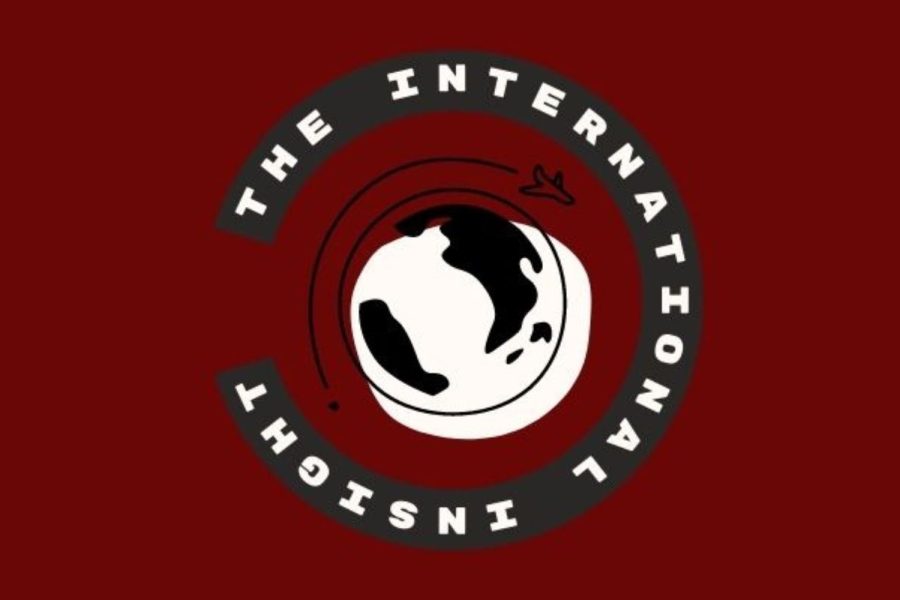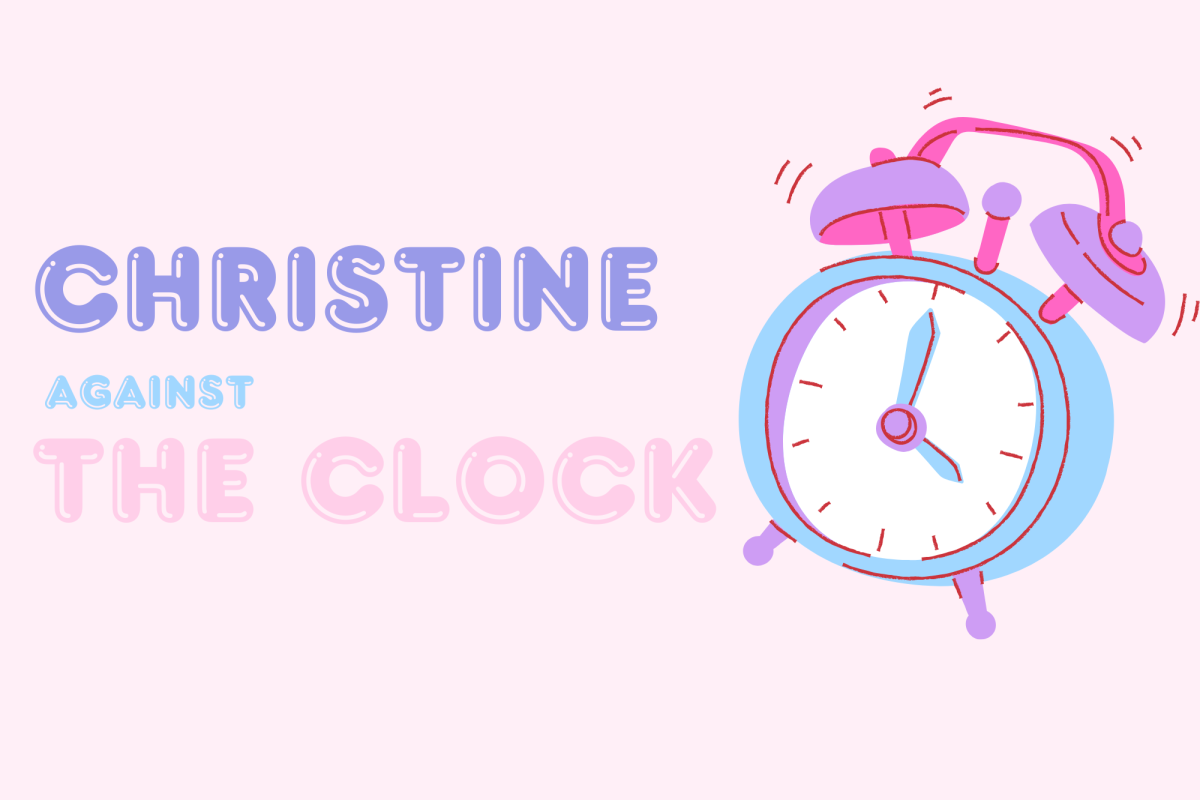Since Donald Trump took office on Jan. 20, the world’s eyes have been glued to America. Threats of tariffs on Canada and Mexico, withdrawals from various coalitions, brutal crackdowns on immigration, and unprecedented attempts to cut federal spending have filled the past two weeks.
Now, Trump has turned his sights to the Eastern Hemisphere: specifically, Europe. But first, let’s get a little context on Trump’s tariff game.
As International Insight has previously examined, from the very first day on the campaign trail to the day his re-election was confirmed, Trump has promised to levy harsh tariffs on foreign imports as a part of his “America First” platform and promises to promote American economic growth. These tariffs were purported to range from 10-20% and would effectively counteract the tariff reductions enacted by the Biden administration.
After Trump took office a little over two weeks ago, he appeared to begin to make good on these promises, setting a Feb. 1 deadline for tariffs on Mexico and Canada and import taxes on China and the EU. And on Feb. 1 – the day of that deadline – the White House released a Fact Sheet detailing Trump’s tariffs on Canada, China, and Mexico.
According to the document, America is currently embroiled in an emergency situation under the International Emergency Economic Powers Act (IEEPA) due to the “extraordinary threat posed by illegal aliens and drugs, including deadly fentanyl.” And it is these threats and the resulting emergency situation that gives rise to the current tariffs:
- 25% additional tariffs on Canadian imports
- Lowered 10% tariff on Canadian imports of energy resources
- 25% additional tariffs on Mexican imports
- 10% additional tariffs on Chinese imports
But these tariffs were in place for little more than two days when Trump issued a 30-day hold on tariffs against both Mexico and China, after the two North American nations promised to crack down on illegal immigration and the trafficking of drugs (like fentanyl) across the border. For many, the pause on the tariffs alleviates concerns of a North American trade war that could have devastating effects on the economy, both at home and abroad.
The story isn’t the same for China however. Mere minutes after the tariffs went into effect on Tuesday, Chinese president Xi Jinping countered with promises of tariffs on U.S. energy, equipment, and vehicle imports, lending credence to the possibility of a trade war with China. Specifically, China’s tariffs include:
- 15% levies on U.S. liquid natural gas and coal
- 10% on crude oil
- 10% on pickup trucks, farm equipment, and large displacement vehicles
China has also strengthened controls on the export of rare metals like molybdenum, tellurium, tungsten, and ruthenium – materials vital for advancements in clean energy, national security, and technological innovation.
While these events have addressed the issue of tariffs on both China and our neighbors to the north and south, they have not, however, addressed the issue of Europe.
When it comes to Europe, Trump’s target is clearly defined: the European Union. Trump, in a Politico article, stated that the “U.K. is out of line but … I think that one can be worked out. But the European Union, it’s an atrocity what they’ve done,” adding that tariffs “might happen with [products from the U.K.]…but [that they] will definitely happen with the European Union…because they’ve really taken advantage, you know, we have over $300 billion deficit.”
Although the Politico article suggested that that final claim – regarding the $300 billion deficit – was not entirely true, Trump’s message still stands – tariffs on the EU are imminent and will likely be brutal.
In response, EU trade chief Maros Sefcovic expressed the organization’s desire to work with Trump’s administration as soon as feasible to “avoid the measures which would [significantly] …disturb…the most important trade and investment relationship on this planet,” according to a Reuters article.
Meanwhile, EU officials have cited challenges in correspondence with members of Trump’s administrations, especially given the fact that many of Trump’s picks for various top positions must still undergo their confirmation hearings.
Yet another challenge facing the EU is the very nature of the organization: it’s a coalition of 27 sovereign nations. It’s hard enough to get 27 individuals to come to a consensus; getting 27 independent countries – each with their own history, economic challenges, and potential for rocky relationships with America or other EU countries – to come to an agreement on a issue that could very well make or break the global economy could pose to be a near impossible task.
Whatever may be the outcome of the situation in Europe, one thing is for certain: the world is in for one rocky ride on the economic rollercoaster. As the potential for a trade or tariff war – maybe even multiple – continues to increase as China retaliates to Trump’s tariffs and the EU examines potential responses, prices are certain to fluctuate and costs will most definitely rise.
And as history has told us countless times, when costs go up and the economy finds itself in a period of uncertainty, societal unrest is just around the corner. Let’s make this era the one where we learn our lesson and band together in these financially taxing times to work towards a better economy and a better future, not one where we yet again let our differences define us… and rip us apart.












